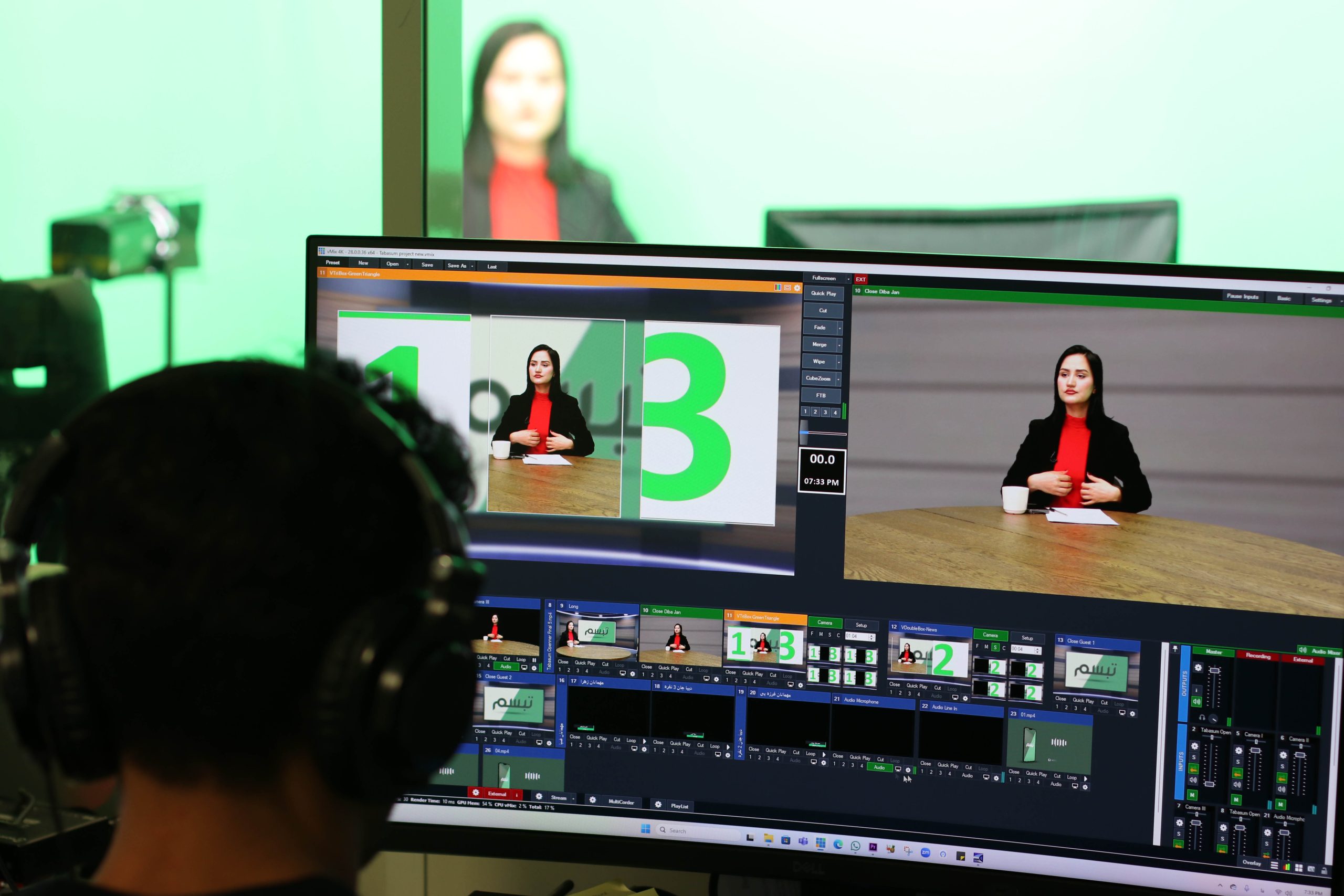In an era dominated by the instantaneous dissemination of information, the role of all forms of media, traditional and social, in shaping public perception is unparalleled. However, as we navigate this digital age, an unsettling trend has emerged – the manipulation of images by media outlets. You would think this was best left to tyrants and propagandists – yes, I am thinking of Stalin.
This move marks an ominous threat to freedom of expression not just because it’s clearly wrong but also even small instances can undermine our collective faith in the veracity of mainstream media. The very essence of truth when trusted sources, such as print media, engage in the doctoring of visual content undermines the integrity of our news. In an age where authenticity is paramount, the subtle yet powerful influence of manipulated images not only distorts reality but also raises questions about the integrity of journalism.
Social media, with its rapid circulation of information and the immediacy of user-generated content, can become a breeding ground for false information and manipulated images. The allure of likes, shares, and engagement metrics has driven a disturbing trend where sensationalism seems to take precedence over accuracy.
As traditional media outlets grapple with the evolving landscape, there’s a cautionary tale to be heeded. While the pressure to maintain relevance in a digitally driven world is real, traditional media must resist the temptation to follow the path paved by social media in the pursuit of engagement. Upholding journalistic standards and commitment to truth is more crucial than ever. In the face of a misinformation and disinformation epidemic, it is imperative for established media to serve as a beacon of reliability, separating fact from fiction and reaffirming their role as guardians of an informed and discerning public.
The recent controversy surrounding Australian news channel Nine, which came under intense scrutiny for doctoring an image of Georgie Purcell, a Victoria state MP, by enlarging her breasts and exposing her midriff, is a glaring example of the dangers of traditional media chasing clickbait rather than focusing on substance. The Nine network apologised for the incident and claims the manipulation of the image happened inadvertently while using Photoshop through an AI automation and involved no human intervention, a claim which Purcell did not believe.
Adobe, the maker of the Photoshop software, has also added to the controversy by saying such a change would require the involvement of a human operator.
If so, this appalling act not only objectifies and demeans her but also highlights a disconcerting trend where journalistic integrity is sacrificed for sensationalism. Such actions not only perpetuate harmful stereotypes but also set a dangerous precedent, undermining the principles of a free, fair and honest press. As a society, we must reflect on the implications of such practices, recognising that the distortion of images in the media not only infringes upon the dignity of individuals but also poses a severe threat to the very foundations of truth and freedom of expression that responsible journalism seeks to uphold.
The controversy should prompt a broader conversation about the increasing reliance on technology within news outlets and the impact it may have on trusted news outlets. The incident serves as a stark reminder that while automation can streamline processes, its unchecked application in the realm of journalism poses serious ethical concerns. As media organisations integrate advanced technologies, there must be a concerted effort to ensure that the human touch, critical thinking, and ethical considerations remain at the forefront. The episode with Nine News underscores the importance of maintaining a balance between technological advancements and the principles that underpin responsible journalism—lest we risk compromising the very essence of truth, integrity, and freedom of expression that society relies upon for a well-informed and democratic discourse.






